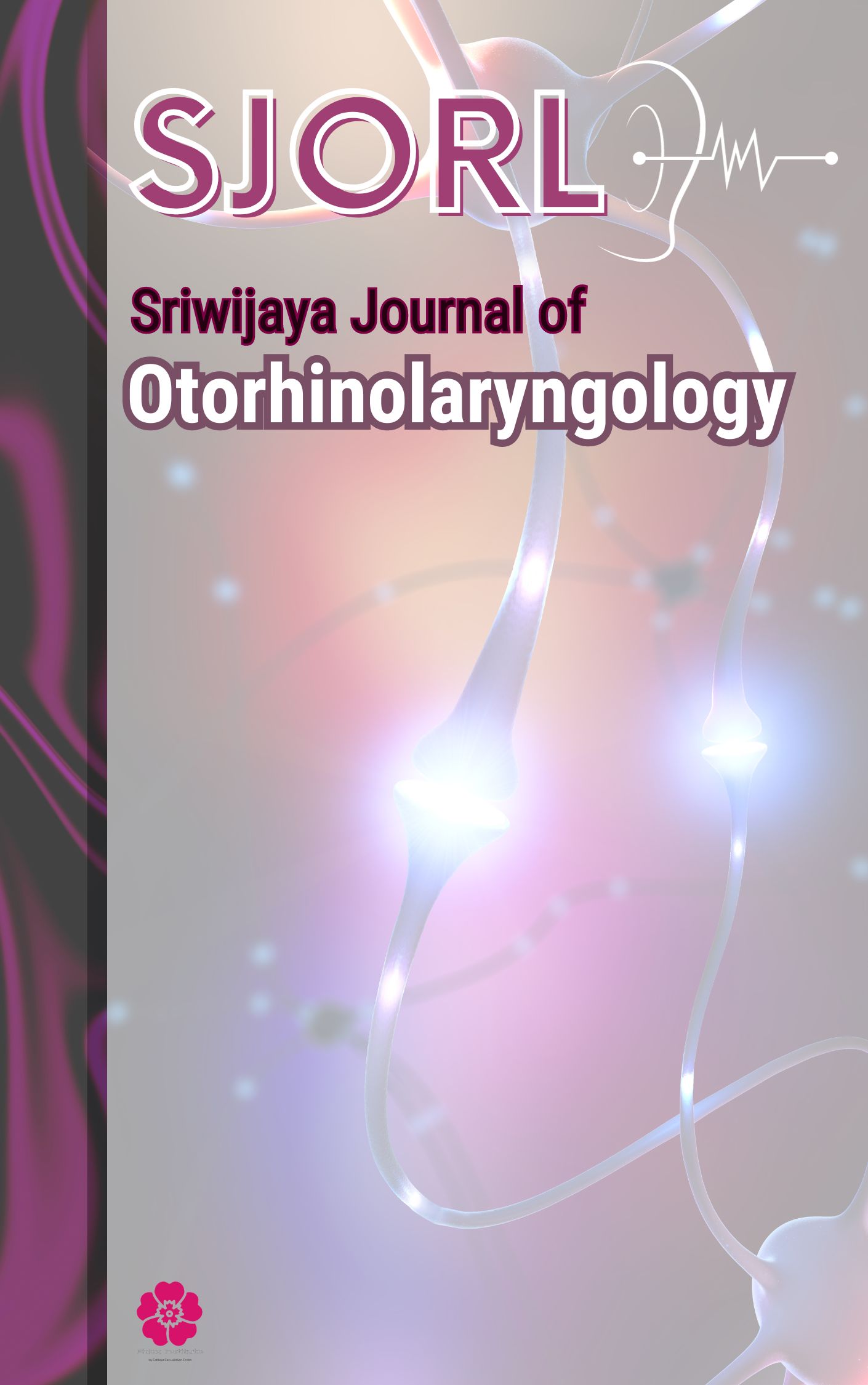Main Article Content
Abstract
Introduction: Chronic suppurative otitis media (CSOM) is a persistent middle ear infection characterized by recurrent ear discharge and hearing loss, significantly impacting the quality of life. Biofilm formation by bacteria plays a crucial role in the chronicity and recalcitrance of CSOM to conventional antibiotic treatments. This study aimed to characterize the biofilm-forming capacity of bacterial isolates from CSOM patients in Bhutan and assess their antibiotic susceptibility.
Methods: Ear swab samples were collected from 100 patients diagnosed with CSOM at a tertiary hospital in Bhutan. Bacterial isolates were identified using standard microbiological techniques, including Gram staining, culture on selective media, and biochemical tests. Biofilm formation was quantitatively assessed using the crystal violet assay, and the biofilm architecture was visualized using confocal laser scanning microscopy (CLSM). The antibiotic susceptibility of biofilm-forming isolates was determined using the minimum biofilm eradication concentration (MBEC) assay.
Results: The most prevalent bacterial isolates were Pseudomonas aeruginosa (35%), Staphylococcus aureus (25%), and Escherichia coli (15%). A significant proportion of these isolates (70%) exhibited strong biofilm-forming capacity. CLSM revealed a complex three-dimensional structure of the biofilms with channels and water passages, facilitating nutrient transport and waste removal. Biofilm-forming isolates demonstrated significantly higher MBEC values compared to their planktonic counterparts, indicating enhanced antibiotic resistance.
Conclusion: This study highlights the significant prevalence of biofilm-forming bacteria in CSOM cases in Bhutan. The enhanced antibiotic resistance of these biofilms emphasizes the urgent need for alternative treatment strategies, such as biofilm-disrupting agents or targeted drug delivery systems, to effectively manage CSOM and prevent associated complications like hearing loss and intracranial infections.
Keywords
Article Details
Sriwijaya Journal of Otorhinolaryngology (SJORL) allow the author(s) to hold the copyright without restrictions and allow the author(s) to retain publishing rights without restrictions, also the owner of the commercial rights to the article is the author.

